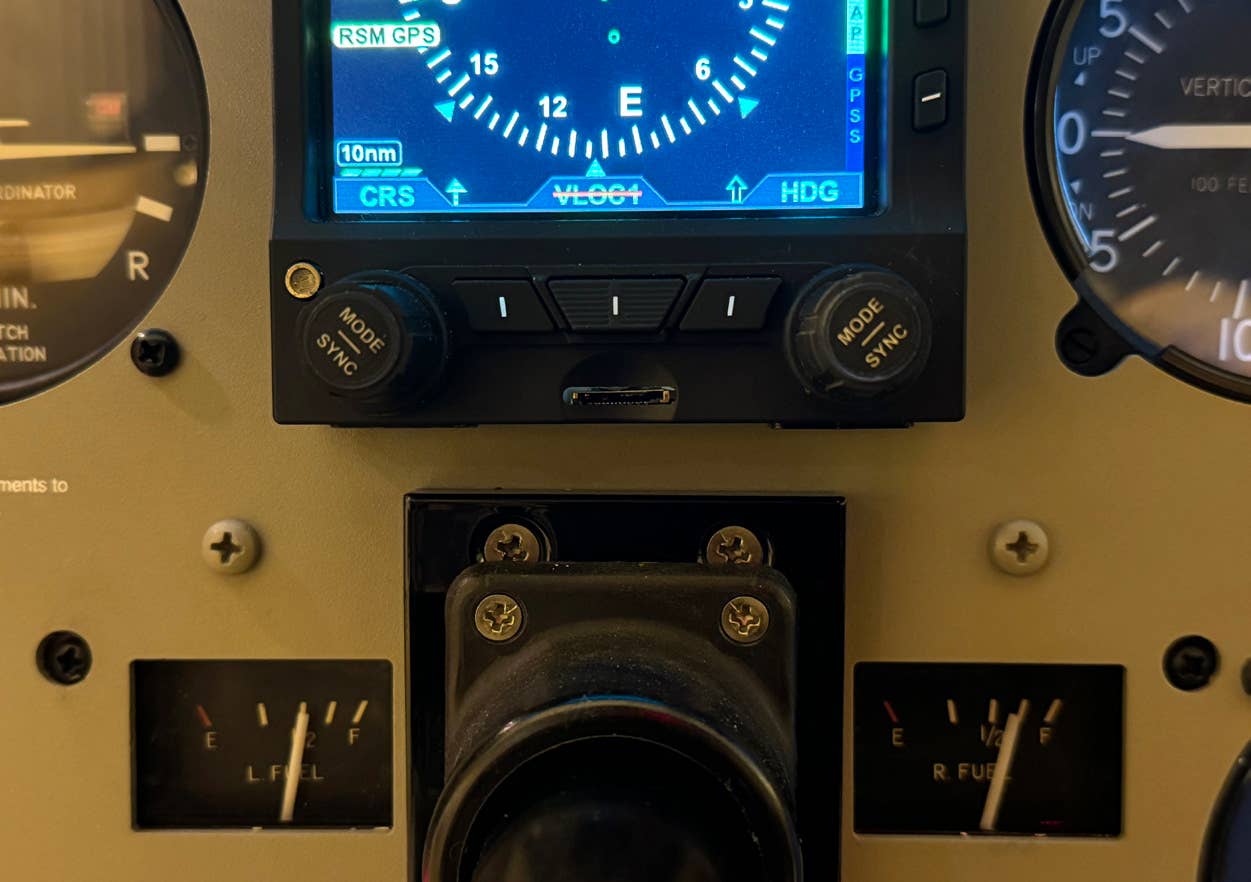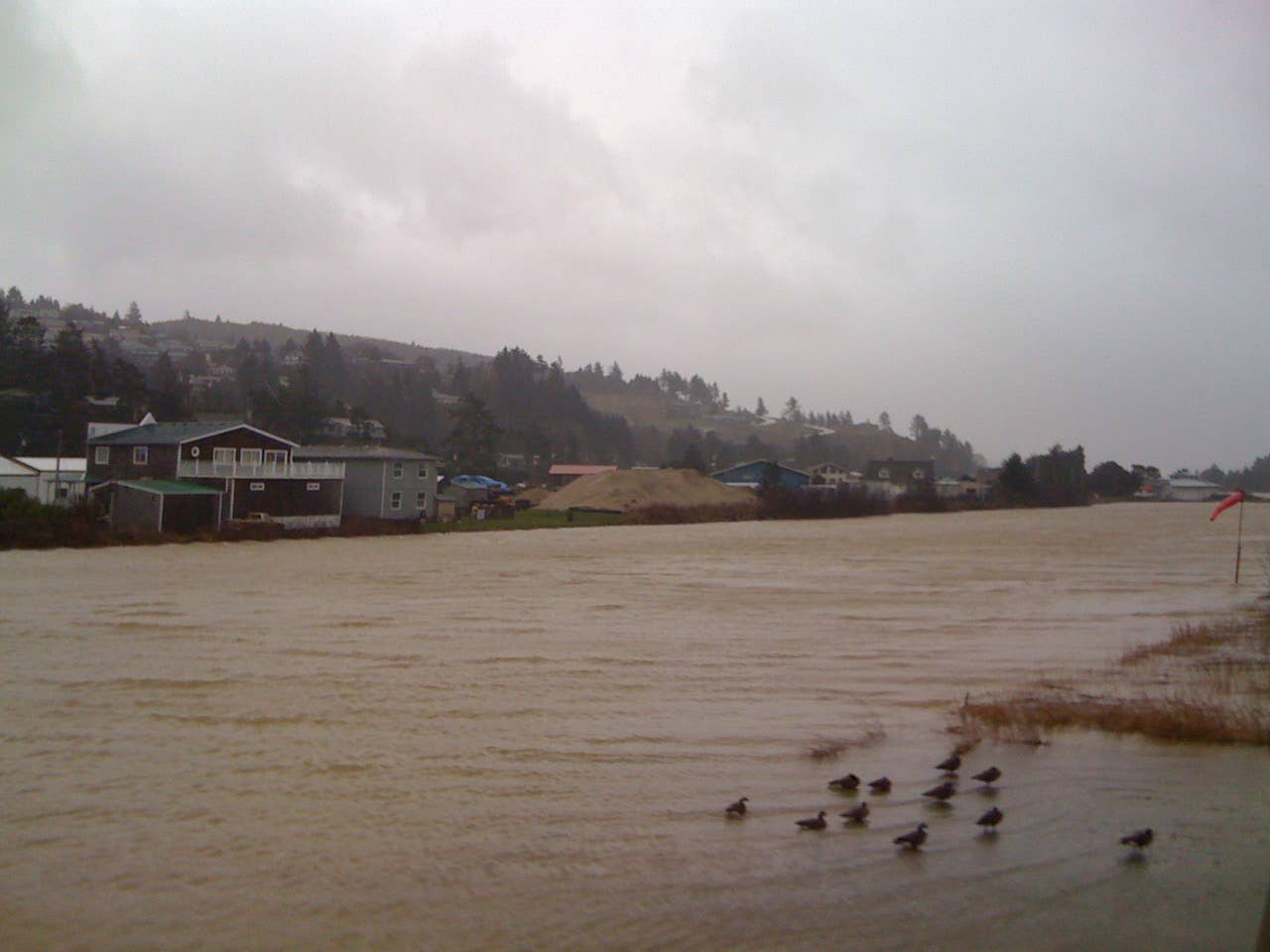
Courtesy of NASA
Winter is rapidly approaching, bringing with it more challenging flying conditions. According to the AOPA Air Safety Institute’s annual Nall Report, one factor that causes about a quarter of weather-related accidents is ice. While you are not immune to icing conditions in the summer, you will more likely encounter this phenomenon in the winter. As the air gets colder, freezing temperatures are more likely to exist at the altitude at which you fly. But temperature alone doesn’t produce ice and the more you can learn about how and why ice forms, the more you can keep yourself flying safely through the winter months.
It’s a very discomforting feeling, watching ice form on the wings. It’s happened to me a few times and it always created a knot in my stomach. Unfortunately, structural ice forms on the most critical parts of a flying airplane: the leading edges of the wings, elevator and propeller blades. Since the first third of these surfaces create the most lift (and in the case of the propeller, the most thrust), ice accumulation diminishes the performance of the airplane. With enough ice, the airplane could literally drop out of the sky as the lift and thrust diminish.
Ice is most likely to form when the outside air temperature ranges from 0 to -15 degrees Celsius, but can build up at temperatures as low as -20 degrees in extreme cases. In colder temperatures the water molecules are already frozen and will therefore not stick as they come in contact with the airplane. Above 0 degrees, water droplets will maintain their liquid state and roll off the surfaces. However, aerodynamic cooling can lower the temperature of an airplane in flight below that of the surrounding air, so ice can form at ambient air temperatures as high as 5 degrees Celsius.
With such a wide temperature range, it’s completely unrealistic to avoid icing conditions by only flying in warmer conditions. But icing isn’t going to form without moisture and while clear air icing happens, you’re most likely to find ice in clouds. One approach is to stay out of the clouds all together. Personally, I like this approach, but studying the types of clouds you will encounter during your flight will help you predict the probability of icing conditions inside them.
The worst type of icing occurs in cumulous clouds since they contain large drops of water causing rapid accumulation of clear ice. Supercooled drops of water in these types of clouds can produce dangerous amounts of ice very quickly on airplane surfaces.
Extra care should also be taken when flying in mountainous areas, particularly costal ranges. The clouds surrounding mountains generally contain large amounts of moisture that is quickly brought into the cooler air as a result of the accelerated lift created by the mountains. These conditions are perfect for rapidly accumulating ice.
Clouds also pick up a lot of moisture while moving over large lakes. Therefore, heavy icing conditions are likely in clouds on the downwind side of lakes - a phenomenon called Lake Effect.
Finally, warm and cold fronts create not only icing but also other weather conditions that create unsafe flying conditions. Be very careful when flying close to fronts during all seasons.
There are several types of deicing systems that can be effective in removing ice during flight, using methods such as chemicals, pneumatic boots, and heat. However, I wouldn’t encourage you to knowingly fly a small airplane in icing conditions even if you have this type of equipment on your airplane. It is better to climb or descend to an altitude that is less favorable for ice accumulation or land as soon as possible.
If allowed to accumulate, ice will have devastating effects on your airplane’s performance. Be smart and avoid it as much as you can.

Sign-up for newsletters & special offers!
Get the latest FLYING stories & special offers delivered directly to your inbox






